PRODUCTS
CONTACT US
Ningbo Nide International Co., Ltd.
一一
· Contact person:Jack Zeng
· Mob/Whatspp/WeChat:0086-13738869026
· Email:emarketing@nide-group.com;marketing4@nide-group.com
· Add:No. 169, Wohushan Road, Daqi Subdistrict, Beilun District, Ningbo, China

Nide team could manufacture ball bearing as per customer’s drawing and samples.
If customer only has samples, we could also design drawing fo r our customer.
We also provide customized service.
Our ball bearing is widely applied the different industrials.
Ningbo Haishu Nide International is specialized in bearings export production selling and after-service. In practice for many years, we established strict quality assurance system. Our products range covers fan,ball bearing,thermal protector,shaft,carbon brush,magnet,insulation paper,etc.We can do OEM products, and do following drawings.
Nide wishes is to provide world wide customers with one-stop service for the motor manufacturing. Make motor, turn to Nide, everything will be easy !
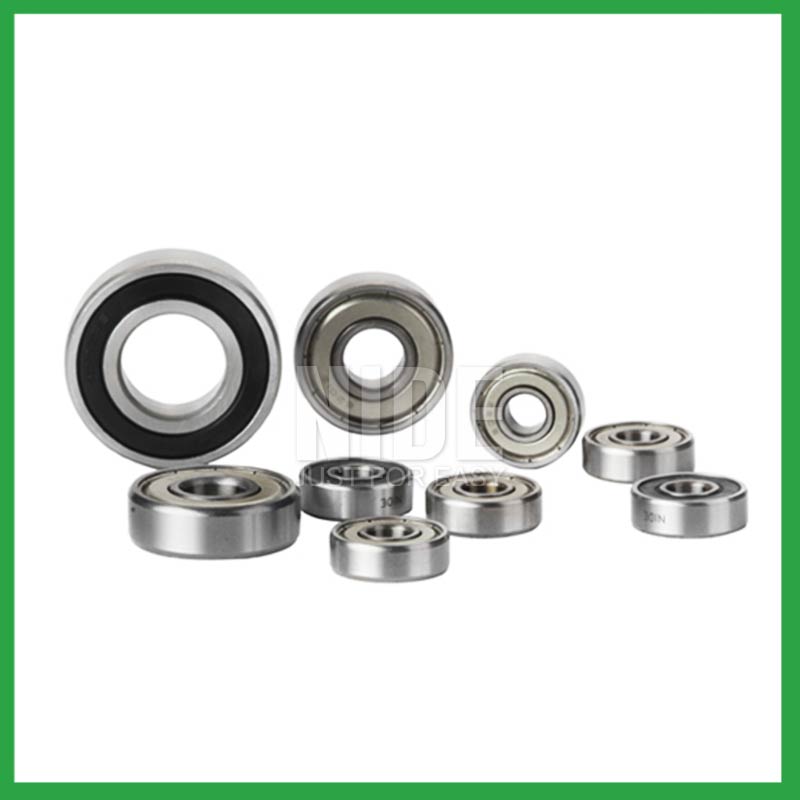
| Parameter | Information |
| Product Name | 6210 ball bearing |
| Place of Origin | Ningbo,Zhejiang,China |
| Brand Name | Nide |
| Material | chrome steel, etc. |
| Type | Ball |
| Warranty | 3months-1year |
| Port | Ningbo/Shanghai |
| Application | various industrial equipment, etc. |
| Size(mm) | customize |
| Color | gray+customized |
| Precision Rating | as per customer's requirement |
| Certification | ISO 9001 Certification,CE-insulation paper inserting machine,CE-stator coil winding machine,etc |
| Feature | Low Noise,Simple structure...etc |
| Packaging Details | Suitable for sea transportation |
| Service | one-stop service |
| Model Number | ball bearing |
| Supply Ability | 100000-500000 Piece/Pieces per Month |
| Lead time (days) | 15-20 (To be negotiated) |
Please note: The above table data is for reference only. For specific information, please contact us.
6210 ball bearing is a component with a ball as the rolling element, consisting of an inner ring, an outer ring, and a ball. They form a closed raceway between the rings, and the ball rolls through a curved surface in the raceway.
During the disassembly process, the outer shell should be kept intact to avoid unnecessary damage;
When replacing installation components, attention should be paid to the accuracy of the support components to prevent deformation;
During the disassembly process, attention should be paid to protecting the surface quality of the ball bearing to ensure its performance;
During the operation, attention should be paid to removing surface dust to ensure the quality of the ball bearing.
Ball bearings have many advantages, making them highly competitive in the market.
Firstly, they are very durable and have good wear performance, making their service life longer than many other types of bearings.
Secondly, they are easy to install and can provide low friction performance in various applications.
Thirdly, they require a relatively low level of maintenance, making them cost-effective.
In addition, compared to many other types of bearings, their purchase cost is relatively low, making them an economical choice.




6210 ball bearing---FAQs Guide
2.Can 6210 ball bearing operate in high-temperature environments like industrial ovens or furnaces, and how are they protected from heat-related damage?
3.What is the role of 6210 ball bearing in reducing friction and energy loss in rotating machinery?
4.How do manufacturers address concerns related to bearing noise and vibration in sensitive equipment?
5.What are the after-sales services available for 6210 ball bearing?
6.Are there miniature 6210 ball bearing designed for use in precision instruments and small-scale mechanisms?
7.What are the common materials used in 6210 ball bearing manufacturing?
8.About 6210 ball bearing,What about the lead time?
9.What is the production capacity of the factory for 6210 ball bearing?
10.How do manufacturers ensure the quality and reliability of 6210 ball bearing through material selection and precision machining?
11.How do different 6210 ball bearing designs, such as deep groove, angular contact, or thrust bearings, cater to specific applications?
12.What are the 6210 ball bearing product skill training options?
13.Can 6210 ball bearing operate in high-speed applications, and what design features make them suitable for such conditions?
14.Can 6210 ball bearing be used in both vertical and horizontal orientations?
15.What is a ball bearing?
1.Where can 6210 ball bearing be used?
6210 ball bearing are very versatile. They can be designed to withstand radial loads, axial loads and combined radial/axial loads at various operating speeds. These characteristics, combined with the relative cost and compactness of the design, give it universal appeal within the industry. Ball bearings are widely used in electric motors, gear reducers and pumps. Serving the automotive, home appliances, aerospace, oil and gas drilling, and mining sectors.
2.Can 6210 ball bearing operate in high-temperature environments like industrial ovens or furnaces, and how are they protected from heat-related damage?
6210 ball bearing are capable of working at temperatures up to +842°F (+450 °C). Special lubricants, seals and coatings make this possible by protecting the ball bearings from heat damage.
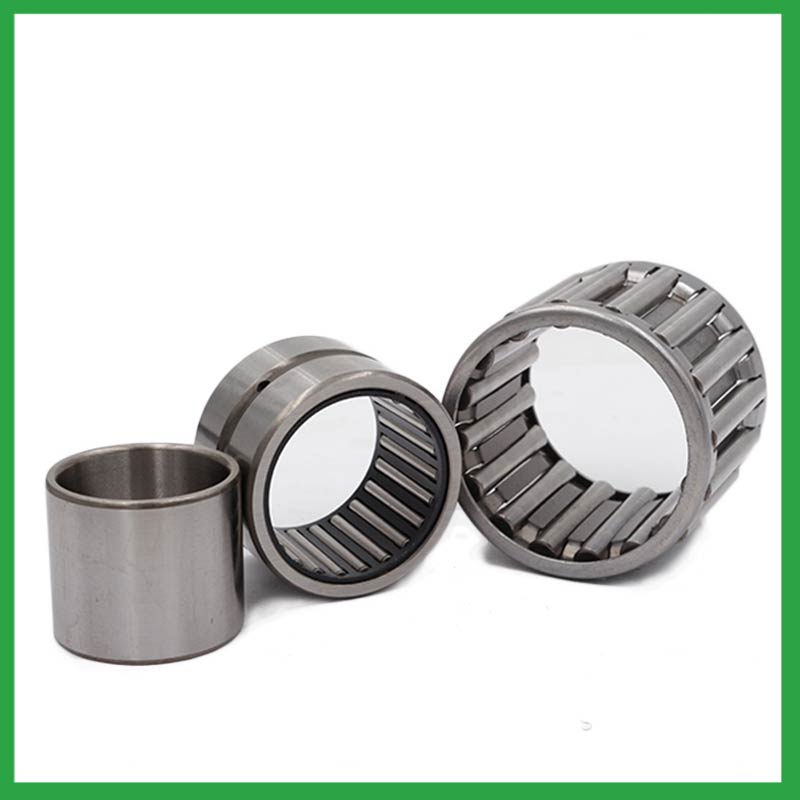
3.What is the role of 6210 ball bearing in reducing friction and energy loss in rotating machinery?
6210 ball bearing reduce friction by using smooth balls lubricated with oil or grease that freely roll between a smooth inner and outer surface. The main concept of the ball bearing is that objects that roll past each other produce less friction than if the objects were sliding against each other.
4.How do manufacturers address concerns related to bearing noise and vibration in sensitive equipment?
From a 6210 ball bearing manufacturing perspective, a low noise or vibration rating is achieved by paying attention to the surface finish of the raceways and balls, their roundness, and selecting the correct cage design. Finely filtered low noise greases can also be used to reduce vibrations.
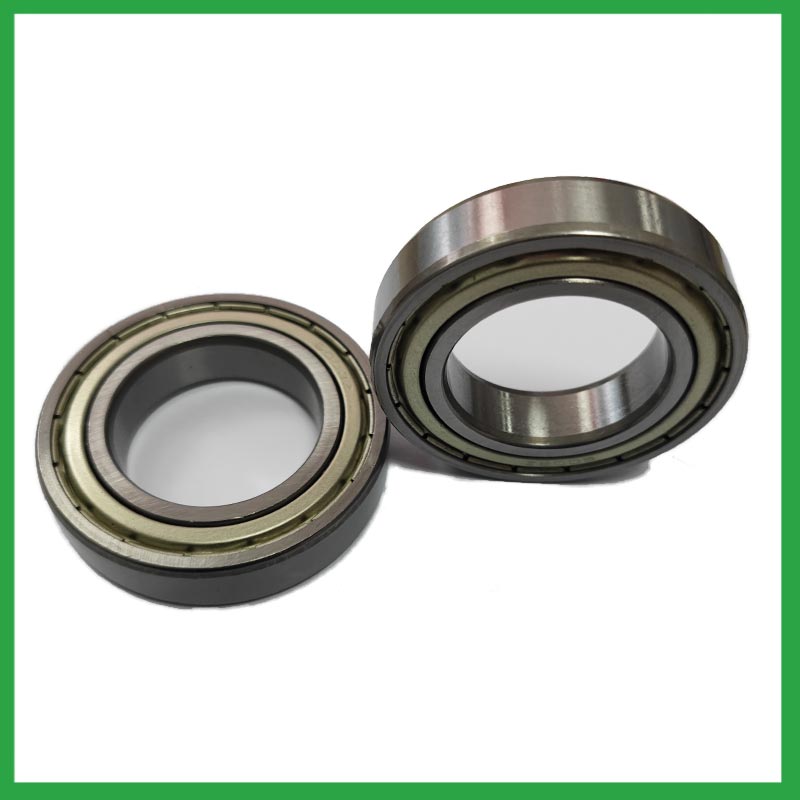
5.What are the after-sales services available for 6210 ball bearing?
If you find problems or failures in the assembly or use of the bearings , which needs to consult and other services, please feedback to Nide International in time.
6.Are there miniature 6210 ball bearing designed for use in precision instruments and small-scale mechanisms?
Miniature bearings, despite their small size, play a significant role in various industries and applications. These compact powerhouses, typically measuring less than one inch in outer diameter, offer exceptional precision, durability, and reliability. Miniature bearings find extensive use in precision instruments and robotics.
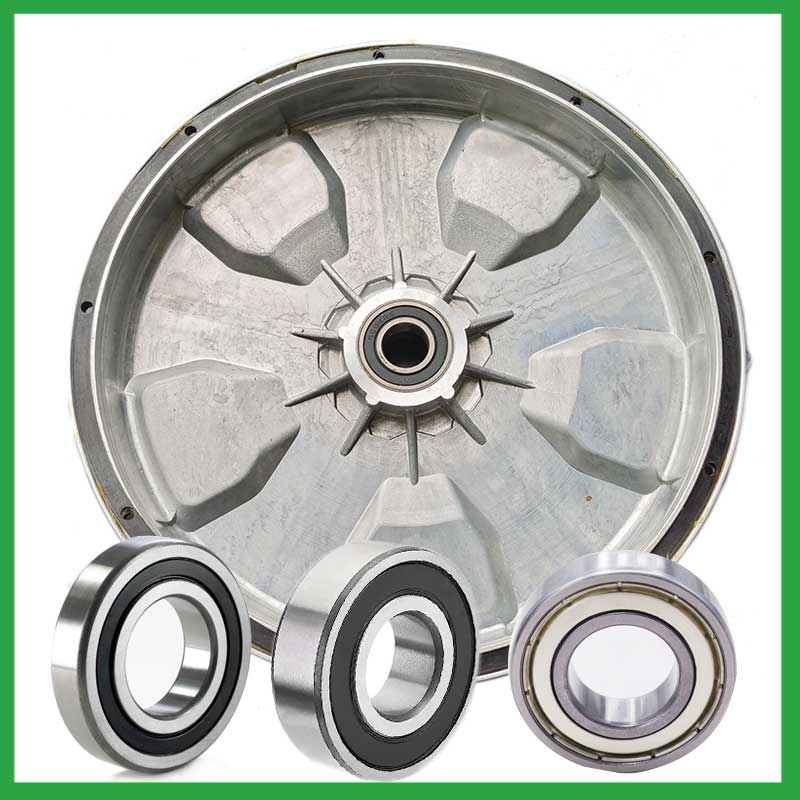
7.What are the common materials used in 6210 ball bearing manufacturing?
Most 6210 ball bearing are made of a type of steel known as high carbon chromium steel, often called chrome steel. This is used for reasons of cost and durability. Bearings are also made from other materials such as stainless steel, ceramics and plastic.
8.About 6210 ball bearing,What about the lead time?
3-7 days for samples, 3-4 weeks for mass production.
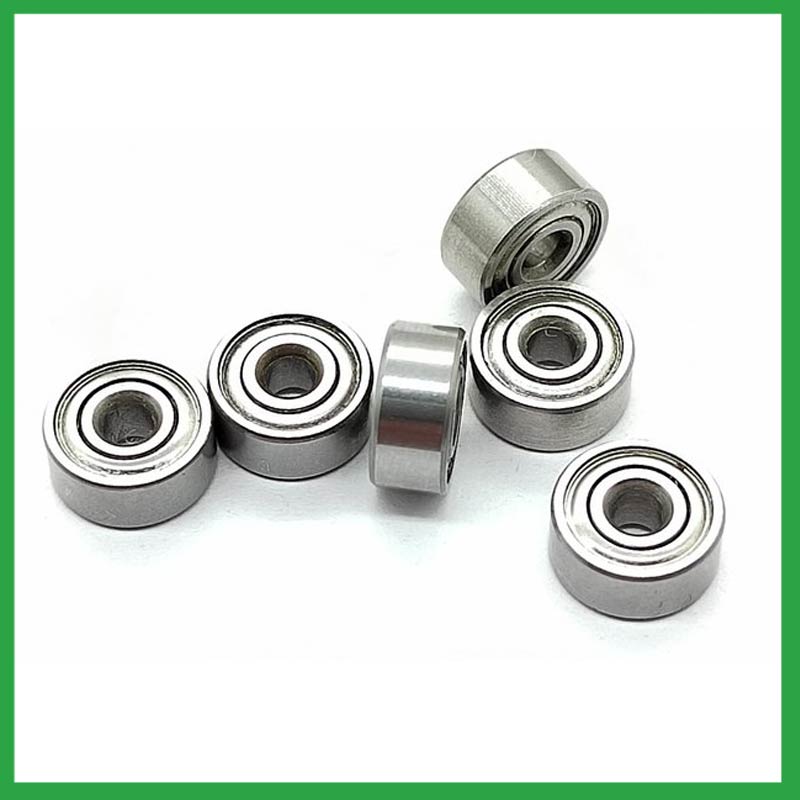
9.What is the production capacity of the factory for 6210 ball bearing?
The production capacity of Ningbo Haishu Nide International is:50000000pcs/month
10.How do manufacturers ensure the quality and reliability of 6210 ball bearing through material selection and precision machining?
High-precision measuring instruments, such as micrometers and gauges, are used to check the dimensions of the rings and balls to ensure they meet tight tolerances. Surface Finish Inspection: Surface finish is assessed using profilometers to ensure the required smoothness and low friction characteristics.
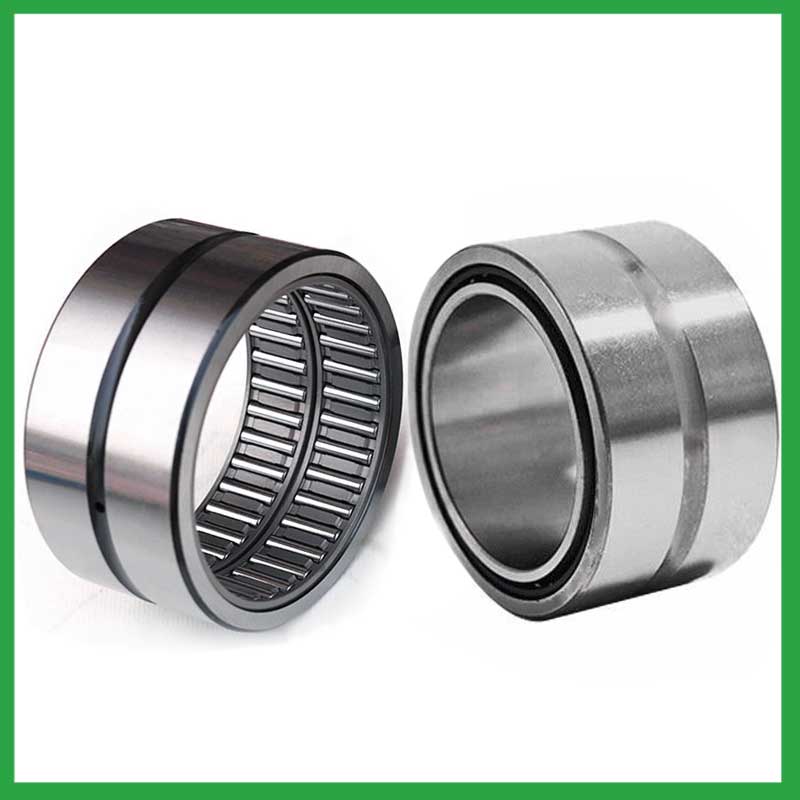
11.How do different 6210 ball bearing designs, such as deep groove, angular contact, or thrust bearings, cater to specific applications?
Deep groove 6210 ball bearing: Deep groove ball bearings are the most common type. They can handle both radial and axial loads. Angular contact ball bearings: Angular contact ball bearings have higher than average internal axial clearance. They can handle axial loads in one direction and moderate radial loads.
12.What are the 6210 ball bearing product skill training options?
Quality comes from being controlled rather than be done. On the basis of the escalating production equipment and optimized process, Nide spare no efforts and keeps improving for quality control. Quality assurance covered with system, technology and human resources are in full swing.
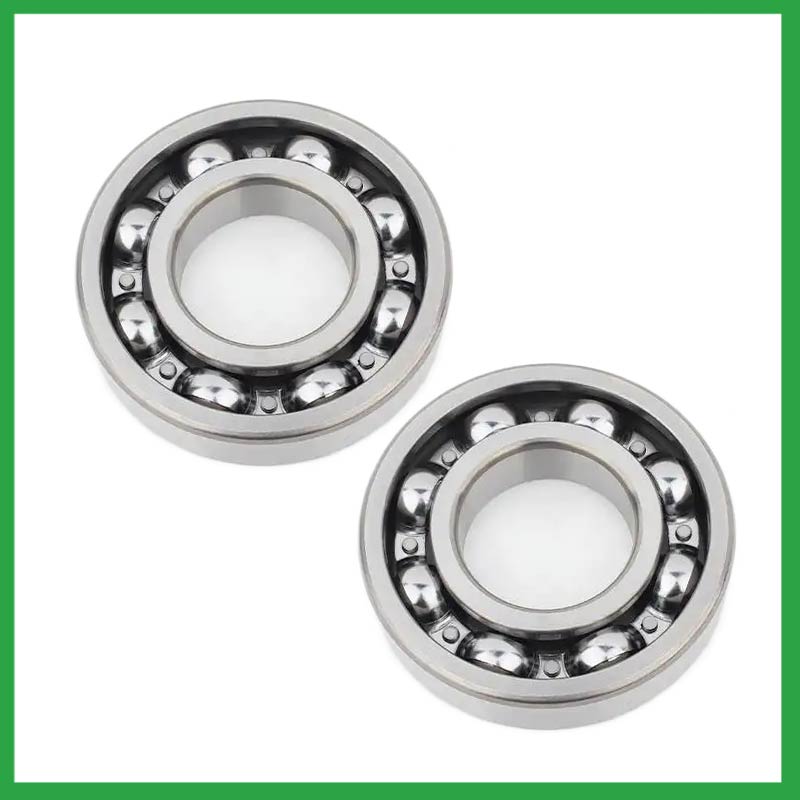
13.Can 6210 ball bearing operate in high-speed applications, and what design features make them suitable for such conditions?
They have very low rolling friction and are optimized for low noise and low vibration. This makes them ideal for high-speed applications. 6210 ball bearing are comparatively easy to install and require minimal maintenance.
14.Can 6210 ball bearing be used in both vertical and horizontal orientations?
Sleeve Bearings: Sleeve bearings, also known as plain bearings, employ a simple yet effective mechanism. A cylindrical sleeve separates the rotating shaft from the stationary portion of the bearing, reducing friction and enabling smooth rotation. Sleeve bearings are characterized by their quiet operation, cost-effectiveness, and suitability for horizontal mounting orientations.
Ball Bearings: Ball bearings introduce small metal balls between the moving parts, providing enhanced durability and reduced friction. This design allows for smoother and more efficient rotation, making ball bearings well-suited for high-performance applications and vertical installations.
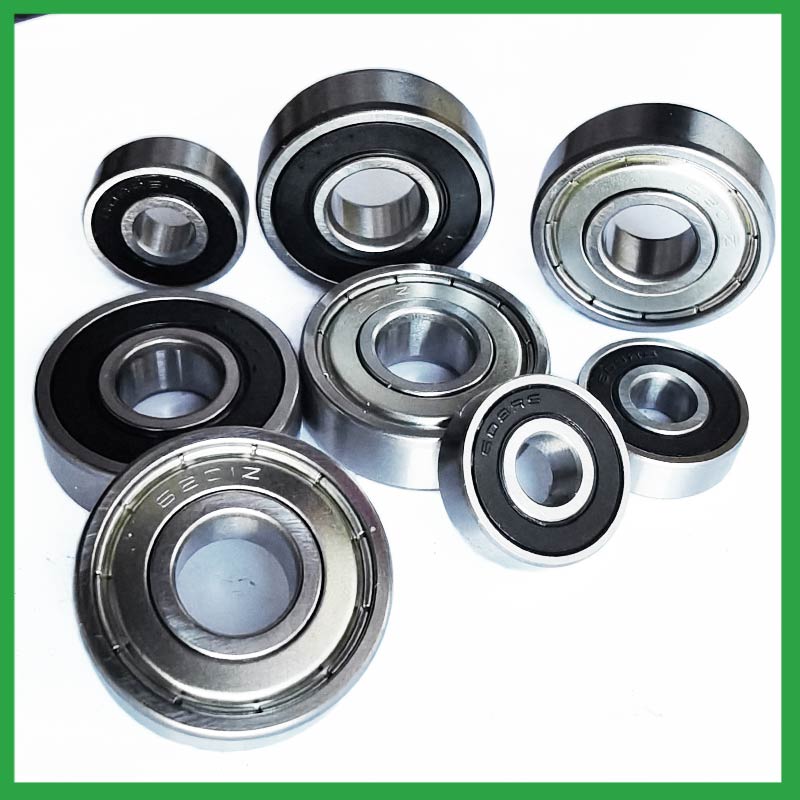
15.What is a ball bearing?
A ball bearing is a type of rolling-element bearing that uses balls to maintain the separation between the bearing races.
The purpose of a ball bearing is to reduce rotational friction and support radial and axial loads. It achieves this by using at least two races to contain the balls and transmit the loads through the balls. In most applications, one race is stationary and the other is attached to the rotating assembly (e.g., a hub or shaft). As one of the bearing races rotates it causes the balls to rotate as well. Because the balls are rolling they have a much lower coefficient of friction than if two flat surfaces were sliding against each other.
Ball bearings tend to have lower load capacity for their size than other kinds of rolling-element bearings due to the smaller contact area between the balls and races. However, they can tolerate some misalignment of the inner and outer races.

